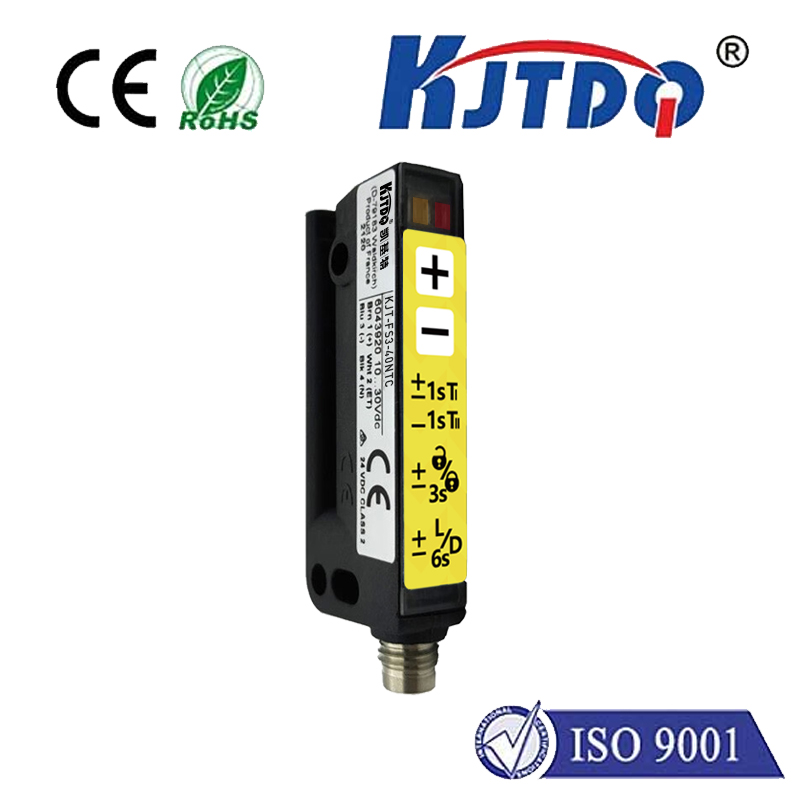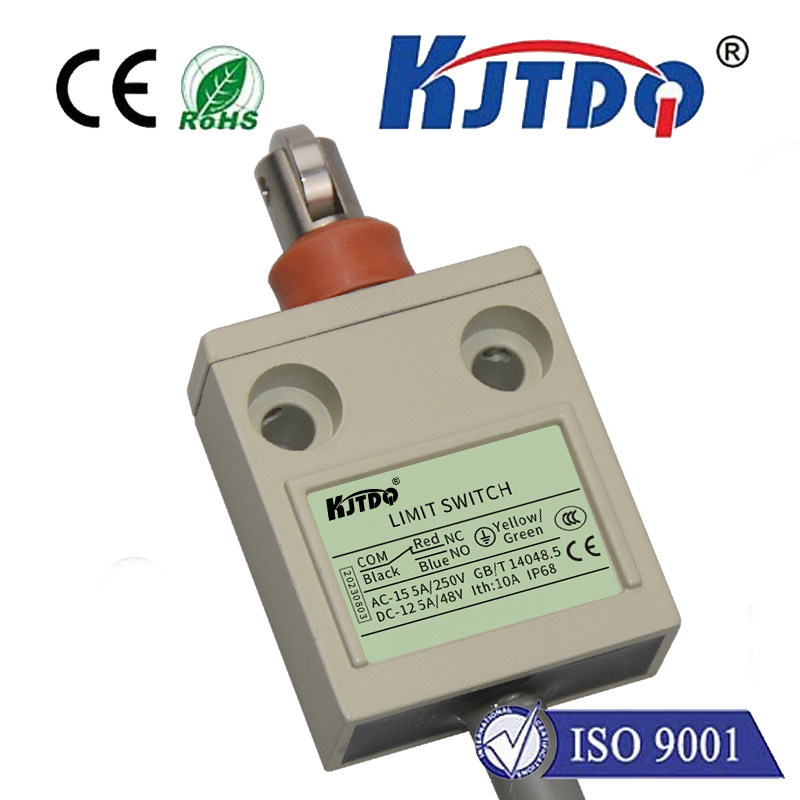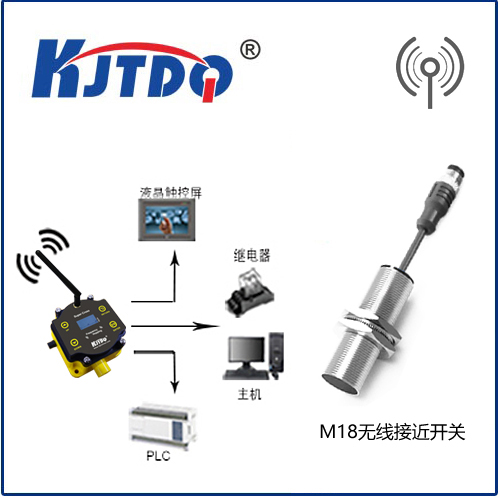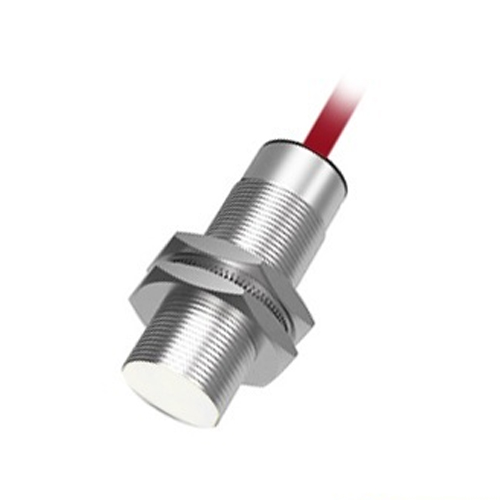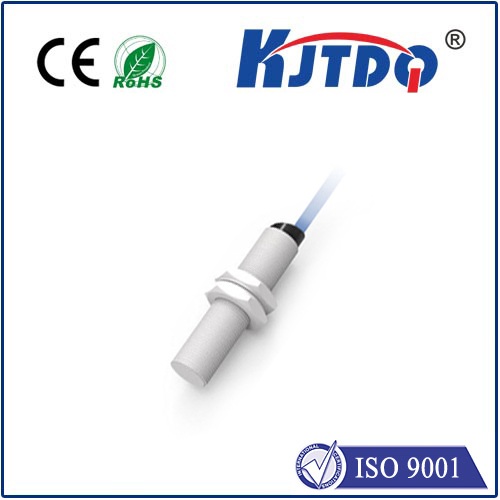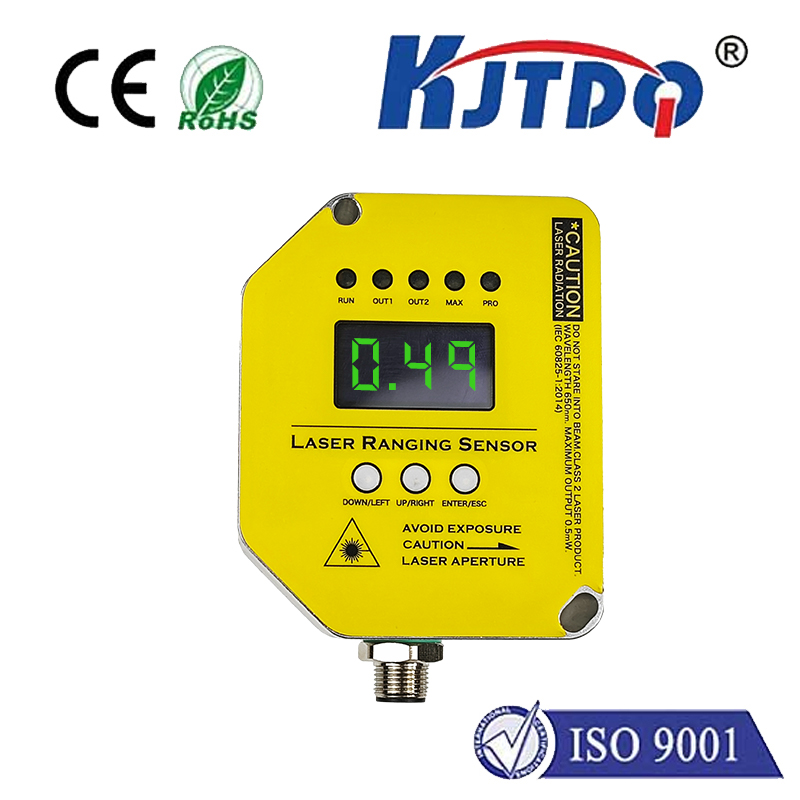E3Z-LS63 0.5M Photoelectric sensor
- time:2025-09-25 14:42:53
- Click:0
The Omron E3Z-LS63 0.5M: Precision Sensing in Tight Spaces
In the intricate dance of modern automation, where milliseconds matter and reliability is non-negotiable, the unsung heroes are often the sensors. Standing guard on production lines, they are the eyes of the system, detecting presence, absence, position, and count with unwavering accuracy. Among these vital components, photoelectric sensors hold a preeminent place, and the Omron E3Z-LS63 0.5M exemplifies the blend of compact design and dependable performance needed for countless applications.
Understanding the Photoelectric Sensor: The Foundation
Before delving into the specifics of the E3Z-LS63 0.5M, let’s establish the core principle. Photoelectric sensors operate by emitting a beam of light (visible red or infrared) and detecting changes caused by a target object interrupting that beam or reflecting it back. This simple yet powerful interaction makes them exceptionally versatile for detecting a vast array of objects – from opaque metals to clear glass or liquids – often without physical contact. The three main operating principles are:

- Through-Beam: Comprising a separate emitter and receiver facing each other. Detection occurs when the target breaks the beam between them. Highest accuracy and longest sensing ranges.
- Retroreflective: Uses an integrated emitter/receiver and a reflector. Detection occurs when the target interrupts the beam bouncing back from the reflector. Easier alignment than through-beam for medium ranges.
- Diffuse-reflective (Proximity mode): The emitter and receiver are housed together. Detection occurs when light emitted reflects off the target itself back to the receiver. Simpler installation but influenced by target color, texture, and angle.
Introducing the E3Z-LS63 0.5M: Core Features Defined
The designation “E3Z-LS63 0.5M” holds specific meaning within Omron’s extensive sensor range:
- E3Z: Indicates the base series, known for its compact size, robust construction, and ease of use.
- LS: Signifies the Long Slot shape factor. This is a defining characteristic – a slim, rectangular profile designed specifically for mounting in confined spaces or on narrow brackets where traditional cylindrical sensors might not fit.
- 6: Represents key characteristics like the sensing method and output configuration. In this case, the ‘6’ typically indicates a through-beam sensor.
- 3: Often relates to specific variants or light source characteristics. For the E3Z-LS63, this confirms the use of a visible red light beam, aiding in setup alignment and verification.
- 0.5M: Crucially, this denotes the sensing distance for the receiver unit. Specifically, 0.5 meters (500mm). This is the maximum guaranteed operating distance between the emitter and receiver for reliable detection.
Why the E3Z-LS63 0.5M Stands Out
This sensor model brings together several key attributes that make it particularly valuable in demanding industrial environments:
- Compact Long Slot Design: The LS form factor is its superpower. Measuring just 13 x 31 x 10.4 mm (H x W x D), this slim profile allows installation in locations where space is severely restricted – between machinery guards, on narrow guide rails, or within compact assembly cells where larger sensors simply won’t fit. This can significantly simplify design constraints.
- Robust Build & Environmental Resilience: Built to endure factory life. It boasts a sturdy stainless steel housing, providing excellent resistance to shock, vibration, and corrosion. Critically, it carries an IP67 rating, meaning it is completely protected against dust ingress and can withstand immersion in water up to 1 meter deep for 30 minutes. This makes it suitable for washdown environments or areas prone to splashes, dust, and oil mist.
- Precise Through-Beam Operation: As a through-beam sensor, the E3Z-LS63 0.5M offers high detection accuracy and stability. The clear delineation between emitter and receiver minimizes issues with background interference, target color, or surface finish that can sometimes affect diffuse sensors. The defined 0.5m sensing distance provides a reliable operational parameter.
- Visible Red Beam: The visible light output significantly simplifies installation, alignment, and troubleshooting. Technicians can easily see the beam path, ensuring the emitter and receiver are correctly lined up across the 0.5m gap, reducing setup time and minimizing errors.
- Reliable Output: Equipped with a solid-state NPN or PNP output (typically selected by model suffix), providing a clear signal to the connected controller (PLC, robot, etc.) upon beam interruption. An LED indicator provides clear visual status confirmation (power, output state, stability).
- Easy Installation & Wiring: Features pre-wired cables (the “0.5M” might sometimes denote cable length, but the core spec is the sensing distance; cable length is usually specified separately like “2m”) or connector versions, making connection straightforward. The mounting holes facilitate secure fixing.
Where the E3Z-LS63 0.5M Excels: Practical Applications
The combination of compact size, robustness, precise through-beam operation, and IP67 protection opens doors to numerous applications:
- Packaging Machinery: Detecting product presence or absence on conveyors, verifying case erection, monitoring fill levels in containers, and confirming flap closure – especially within tight machine frames.
- Material Handling: Counting boxes or parts on lines, detecting jams on narrow conveyors, positioning pallets or totes before transfer.
- *Automated Assembly: Verifying component insertion or placement accuracy in confined robotic work cells, detecting small parts on feeders, confirming actuator positions.
- Food & Beverage Processing: Monitoring product flow on production lines, detecting bottles/cans on filling lines (even after washdowns), verifying cap presence – leveraging its IP67 rating.
- Printing & Paper Handling: Detecting sheet presence for printing or cutting, monitoring paper roll feed, sensing web breaks on narrow paths.
- Automotive Manufacturing: Precision part detection during assembly processes, verifying component passage through fixtures, monitoring welding gun positions.
Achieving Optimal Performance: Key Considerations
While inherently reliable, maximizing the effectiveness of the E3Z-LS63 0.5M involves attention to detail:
- Precise Alignment: For through-beam operation, ensuring the emitter and receiver are perfectly aligned across the 0.5m gap is paramount. The visible red beam aids immensely in this crucial step. Minor misalignments can drastically reduce sensing reliability.
- Secure Mounting: Utilize the provided mounting holes with appropriate hardware to ensure the sensor remains firmly fixed, maintaining alignment even under vibration.
- Environmental Factors: Although IP67 rated, avoid extreme, direct high-pressure water jets on connectors. Ensure operating temperature and humidity specifications are respected. Keep lenses clean for optimal beam transmission over the 500mm sensing distance.
- Target Suitability: While through-beam sensors are generally robust against target variations, ensure the target object is large enough and opaque enough to reliably interrupt the beam over the required operating range.
- Electrical Compatibility: Confirm the chosen version (NPN or PNP) matches the input requirements of your PLC or controller.
The Compact Powerhouse for Precision Detection
The Omron E3Z-LS63 0.5M photoelectric sensor stands as a testament to engineering designed for challenging real-world conditions. Its ultra-slim Long Slot housing solves spatial constraints, while its robust stainless steel construction and IP67 rating ensure longevity in demanding environments. The precise 0.5m through-beam sensing capability, aided by the visible red light beam, delivers reliable object detection critical for






